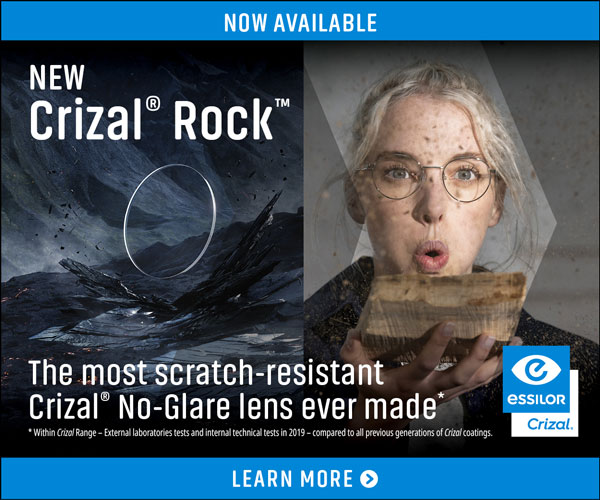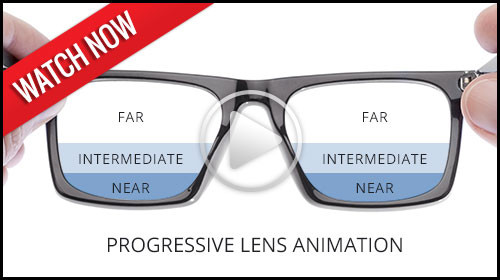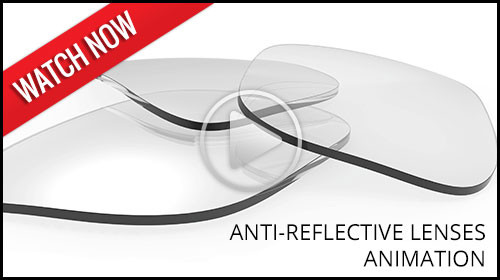Lenses & Treatments
Bifocal Lenses
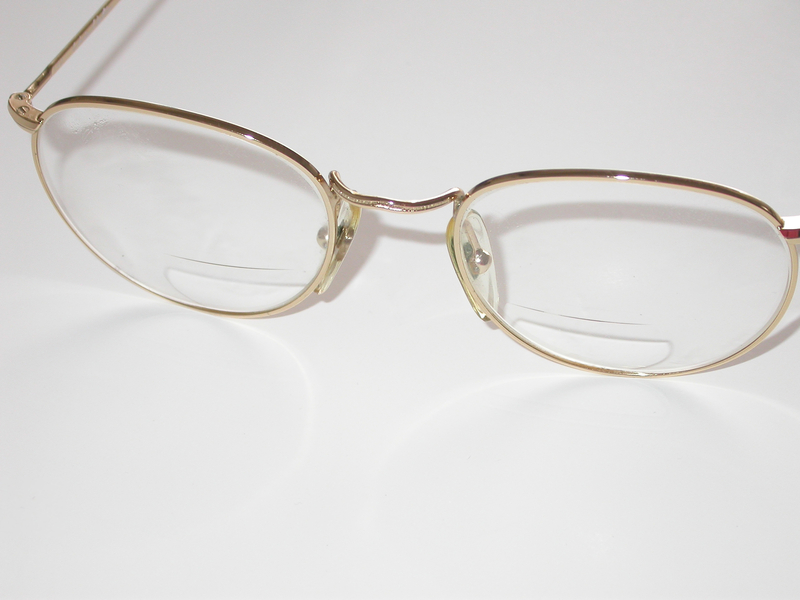
For many people, different lenses are needed for seeing at different distances. Bifocal lenses allow the wearer to look through two areas of the lens. One area focuses on distant objects. The other is used for reading.
Most of the time the “reading” area is smaller, shaped like a sideways “D”, and found in the lower hemisphere of the lens. These lenses are called line bifocals. If you are focusing on distant objects, you look through the top half of the lenses. To read a book, magazine, or newspaper, you look through the lower “reading” area. One thing that is difficult about using bifocals is dealing with the line between the two vision areas. Fortunately, recent technologies have developed a new type of lens, called the no-line, or progressive, lens.
Trifocal Lenses
Bifocals allow the wearer to read through one area of the lens, and to focus on distant objects through another area of the lens. As the eyes age, a stronger prescription is often needed to read. This would be fine, but the stronger prescription that allows for reading makes it difficult to focus on objects at intermediate distances, such as grocery items on a shelf or your speedometer. Thus, trifocals are necessary, providing a third prescription for intermediate focusing.
Trifocals, also known as line trifocals, feature three areas of focusing power, each separated from the other by a distinct line. The three windows allow for focusing on distant objects, intermediately distanced objects, and for reading. The downside of trifocals is dealing with the lines between the different focusing powers. Fortunately, advances in technology have led to developments in no-line, or progressive lenses.
Progressive Lenses
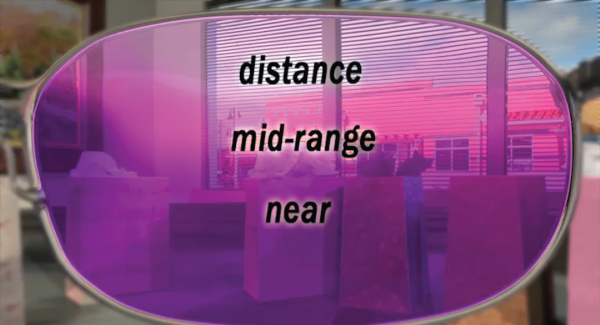
One of the main problems with bifocal and trifocal lenses is the issue of eye fatigue. It can be difficult to switch from one focusing power to another. Your eyes can tire, which can even lead to a headache, sore neck and sore back.
A variation of bifocals and trifocals is the no-line lens or progressive lens. No-lines provide a smooth transition from focusing on nearby to distant objects because they do not have a distinct line separating the focusing powers. Instead, a gradual change in power allows the wearer to focus on objects at all distances. Distant objects are viewed through the upper portion of the lens, while near objects are viewed through the middle or lower portion of the lens. These are also great for computer users.
Non-Glare Lenses
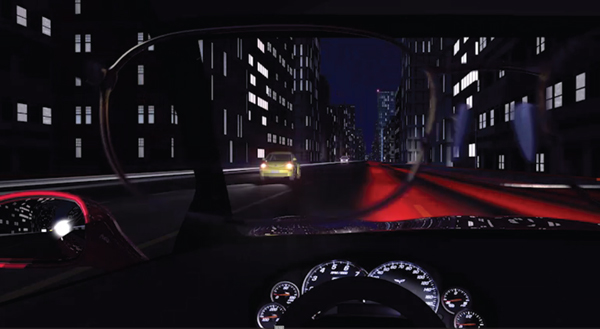
Normal eyewear often creates glare, reflections, and “ghost images.” Now that can all be eliminated with a non-glare or anti-reflective lens.
With normal glasses, much of the light reflects off the lenses. This produces glare. It also reduces the wearer’s visual acuity. In other words, the light reflection is both a cosmetic and visual problem.
Non-glare lenses increase light transmission to 99.5 percent. They make it easier to see and easier for others to see you! These lenses are especially useful for those viewing computer screens and driving at night, but are visually beneficial for every glasses wearer.
High Index Lenses
Previous to the last few years, the only materials available for use as lenses were glass and a hard resin called CR-39. But recently, high index lenses have become available. High-index materials are named because they have a higher index of light refraction. Basically, they can do the same job that glass or CR-39 does, but high index lenses are much thinner and lighter. With high index lenses, you can avoid having “soda bottle” lenses.
Polycarbonate
The first and still the most popular high index plastic is polycarbonate. Polycarbonate was originally developed for fighter jet cockpits. It is very strong, very light, and resistant to breaking. Most sports lenses are made of polycarbonate.
High-Index
High-index lenses are much thinner than regular glass or plastic. We are happy to talk with you to decide which high index lens is right for you!
Polarized Lenses
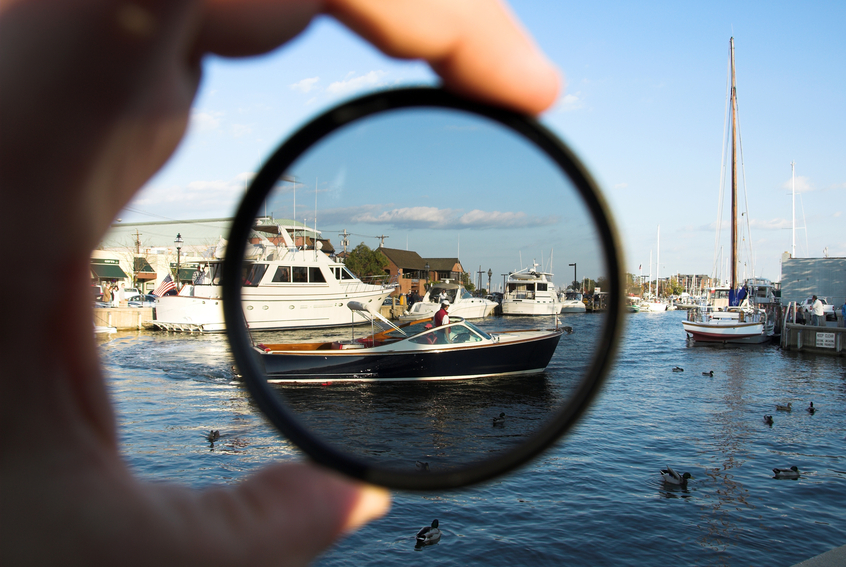
Glare from wet roads, light reflecting off other vehicles, and glare from your own windshield can be annoying and dangerous. To eliminate this glare, we recommend polarized lenses. Polarized lenses eliminate the majority of glare, reducing eye strain and increasing visibility. Polarized lenses are the most effective means to reduce glare.
Most glare comes from horizontal surfaces, so the light is “horizontally polarized.” Polarized lenses feature vertically-oriented “polarizers.” These polarizers block the horizontally polarized light. The result is a glare-reduced view of the world. Polarized lenses can make a world of difference for any outdoor enthusiast. Fishermen can eliminate the bright reflections from the water and actually see into the water, joggers and bikers can enjoy reduced glare from the road, and drivers can enjoy the safety and comfort that polarized lenses provide.
Scratch Resistant Treatment
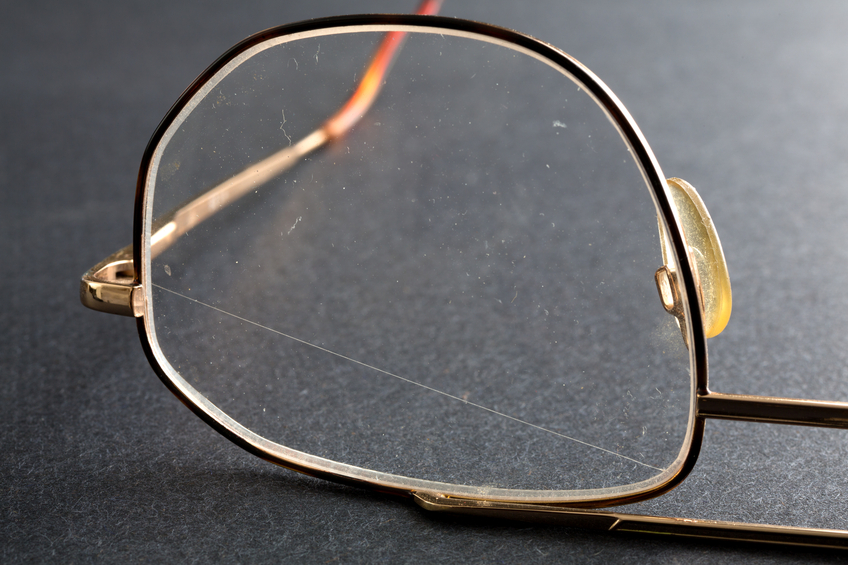
If you have hard resin lenses (CR-39), you should consider getting a scratch-resistant treatment. Resins and plastics are more susceptible to scratches than glass. Scratches damage the cosmetics of the lenses and compromise their visual performance. With a scratch-resistant treatment, you do not have to worry as much about minor scratches on your lenses.
Another advantage of a scratch-resistant treatment is that most come with a one-year warranty. They are a great investment to prevent minor scratches. However, it is important to remember that scratch-resistant does not mean scratch-proof! All lenses are susceptible to scratches.
Photochromics
Photochromic lenses darken when exposed to UV rays. The change is caused by photochromic molecules that are incorporated into the lens or into a coating on the lens. When the wearer goes outside when it's bright, the lenses darken automatically. When the wearer goes back inside, the glasses become clear. These lenses are especially good for light sensitive individuals and children.
There are a variety of photochromic options available. Depending on what you choose, you can customize the lenses to your needs. Some lenses darken only in direct sunlight, while others darken in little or no direct light. You can even choose the color of the tint. Ask us what option is the best fit for your lifestyle!
Specialty Lenses
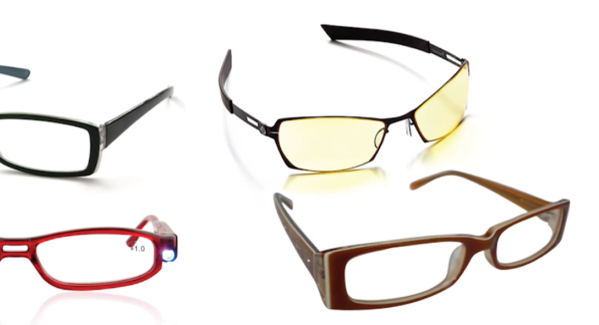
We all have heard the phrase, “Different strokes for different folks.” Well, this also holds true when it comes to selecting glasses. There are different lenses for just about everybody. No matter what your particular need, there is probably a specialty lens designed for you.
An example of a specialty lens that is becoming increasingly popular is a lens designed for computer users. Computer lenses have “windows” designed for viewing your computer screen, documents on your desk, and distant objects. The lenses are designed to reduce Computer Vision Syndrome, or CVS, which is characterized by headaches, eye strain, neck and back aches, dry eyes, blurred vision, and double vision.
If you have a hobby, sport, occupation, or activity where your everyday glasses don't work well, ask us if there is a better solution for those specific times. Chances are there is something out there that would make life better for you!

